
Devenez membre d'Incathlab et bénéficiez d'un accès complet !
Inscription Connexion
Operators:
Pr Pascal MOTREFF - Clermont Ferrand
Dr Julien LEMOINE - Essey-Lès-Nancy
Dr Max AMOR - Essey les Nancy
Agenda
- PCI optimization pre-recorded case using OCT/FFR
- Lecture : Usefulness of OCT in MIMI Approach for STEMI Patients: Why and How?
- PCI optimzation Live case using OCT / FFR
- Final discussion and debating workshop
- Answer to internet questions & Chat
Target audiences:
- Interventional cardiologists :
- Physicians new of high resolution imaging with OCT
- Physicians with limited FFR experience
- Fellows
Main learning objectives
1 - To understand the different indications and lesion types that benefit from FFR and OCT
2 - To experience FFR and OCT ease-of-use in the cath lab through a series of live cases
3 - To learn the complementary role of FFR and OCT to optimize stable and acute patient outcomes
Products that will be used during live procedures:
ILUMIEN™ PCI Optimization System
QUANTIEN™ Integrated FFR Platform
- PressureWire™ Aeris™ Agile Tip (FFR)
Documentation
Journal of the American College of Cardiology : Consensus Standards for Acquisition, Measurement, and Reporting of Intravascular Optical Coherence Tomography Studies
Dernière mise à jour : 09/06/2021
ILUMIEN™ PCI Optimization System / St. Jude Medical
Participer à la discussion
Suggestions
San Francisco : Lundi 10 juin 2024 de 08h à 09h (GMT+2)
New York : Lundi 10 juin 2024 de 11h à 12h (GMT+2)
Buenos Aires : Lundi 10 juin 2024 de 12h à 13h (GMT+2)
Reykjavik : Lundi 10 juin 2024 de 15h à 16h (GMT+2)
London / Dublin : Lundi 10 juin 2024 de 16h à 17h (GMT+2)
Paris / Berlin : Lundi 10 juin 2024 de 17h à 18h (GMT+2)
Istanbul : Lundi 10 juin 2024 de 18h à 19h (GMT+2)
Moscou / Dubaï : Lundi 10 juin 2024 de 19h à 20h (GMT+2)
Bangkok : Lundi 10 juin 2024 de 22h à 23h (GMT+2)
Shanghai : Lundi 10 juin 2024 de 23h à 00h (GMT+2)
Tokyo : Mardi 11 juin 2024 de 00h à 01h (GMT+2)
Sydney : Mardi 11 juin 2024 de 02h à 03h (GMT+2)
Wellington : Mardi 11 juin 2024 de 04h à 05h (GMT+2)
L’OCT dans la resténose et thrombose de stent – il est temps d’allumer la lumière !
L’imagerie : un outil indispensable pour gérer les complications post-angioplastie
Everything you wanted to know about Recross without having to ask
Alex & The Young Generation - Ep.12
Everything you wanted to know about Recross without having to ask
Alex & The Young Generation - Ep.12
San Francisco : Mercredi 22 mai 2024 de 06h à 07h (GMT+2)
New York : Mercredi 22 mai 2024 de 09h à 10h (GMT+2)
Buenos Aires : Mercredi 22 mai 2024 de 10h à 11h (GMT+2)
Reykjavik : Mercredi 22 mai 2024 de 13h à 14h (GMT+2)
London / Dublin : Mercredi 22 mai 2024 de 14h à 15h (GMT+2)
Paris / Berlin : Mercredi 22 mai 2024 de 15h à 16h (GMT+2)
Istanbul : Mercredi 22 mai 2024 de 16h à 17h (GMT+2)
Moscou / Dubaï : Mercredi 22 mai 2024 de 17h à 18h (GMT+2)
Bangkok : Mercredi 22 mai 2024 de 20h à 21h (GMT+2)
Shanghai : Mercredi 22 mai 2024 de 21h à 22h (GMT+2)
Tokyo : Mercredi 22 mai 2024 de 22h à 23h (GMT+2)
Sydney : Jeudi 23 mai 2024 de 00h à 01h (GMT+2)
Wellington : Jeudi 23 mai 2024 de 02h à 03h (GMT+2)
DanGER shock trial results and the significance to reduce adverse events
San Francisco : Mercredi 16 octobre 2024 de 09h à 09h45 (GMT+2)
New York : Mercredi 16 octobre 2024 de 12h à 12h45 (GMT+2)
Buenos Aires : Mercredi 16 octobre 2024 de 13h à 13h45 (GMT+2)
Reykjavik : Mercredi 16 octobre 2024 de 16h à 16h45 (GMT+2)
London / Dublin : Mercredi 16 octobre 2024 de 17h à 17h45 (GMT+2)
Paris / Berlin : Mercredi 16 octobre 2024 de 18h à 18h45 (GMT+2)
Istanbul : Mercredi 16 octobre 2024 de 19h à 19h45 (GMT+2)
Moscou / Dubaï : Mercredi 16 octobre 2024 de 20h à 20h45 (GMT+2)
Bangkok : Mercredi 16 octobre 2024 de 23h à 23h45 (GMT+2)
Shanghai : Jeudi 17 octobre 2024 de 00h à 00h45 (GMT+2)
Tokyo : Jeudi 17 octobre 2024 de 01h à 01h45 (GMT+2)
Sydney : Jeudi 17 octobre 2024 de 03h à 03h45 (GMT+2)
Wellington : Jeudi 17 octobre 2024 de 05h à 05h45 (GMT+2)
Guides de 1ère intention :
les trucs et les astuces qui aident en pratique
San Francisco : Mercredi 2 avril 2025 de 09h à 10h (GMT+2)
New York : Mercredi 2 avril 2025 de 12h à 13h (GMT+2)
Buenos Aires : Mercredi 2 avril 2025 de 13h à 14h (GMT+2)
Reykjavik : Mercredi 2 avril 2025 de 16h à 17h (GMT+2)
London / Dublin : Mercredi 2 avril 2025 de 17h à 18h (GMT+2)
Paris / Berlin : Mercredi 2 avril 2025 de 18h à 19h (GMT+2)
Istanbul : Mercredi 2 avril 2025 de 19h à 20h (GMT+2)
Moscou / Dubaï : Mercredi 2 avril 2025 de 20h à 21h (GMT+2)
Bangkok : Mercredi 2 avril 2025 de 23h à 00h (GMT+2)
Shanghai : Jeudi 3 avril 2025 de 00h à 01h (GMT+2)
Tokyo : Jeudi 3 avril 2025 de 01h à 02h (GMT+2)
Sydney : Jeudi 3 avril 2025 de 03h à 04h (GMT+2)
Wellington : Jeudi 3 avril 2025 de 05h à 06h (GMT+2)
Le choix des armes contre les lésions calcifiées
Nouveaux outils pour la prise en charge de calcifications coronaires
San Francisco : Mercredi 26 avril 2023 de 04h à 05h30 (GMT+2)
New York : Mercredi 26 avril 2023 de 07h à 08h30 (GMT+2)
Buenos Aires : Mercredi 26 avril 2023 de 08h à 09h30 (GMT+2)
Reykjavik : Mercredi 26 avril 2023 de 11h à 12h30 (GMT+2)
London / Dublin : Mercredi 26 avril 2023 de 12h à 13h30 (GMT+2)
Paris / Berlin : Mercredi 26 avril 2023 de 13h à 14h30 (GMT+2)
Istanbul : Mercredi 26 avril 2023 de 14h à 15h30 (GMT+2)
Moscou / Dubaï : Mercredi 26 avril 2023 de 15h à 16h30 (GMT+2)
Bangkok : Mercredi 26 avril 2023 de 18h à 19h30 (GMT+2)
Shanghai : Mercredi 26 avril 2023 de 19h à 20h30 (GMT+2)
Tokyo : Mercredi 26 avril 2023 de 20h à 21h30 (GMT+2)
Sydney : Mercredi 26 avril 2023 de 22h à 23h30 (GMT+2)
Wellington : Jeudi 27 avril 2023 de 00h à 01h30 (GMT+2)

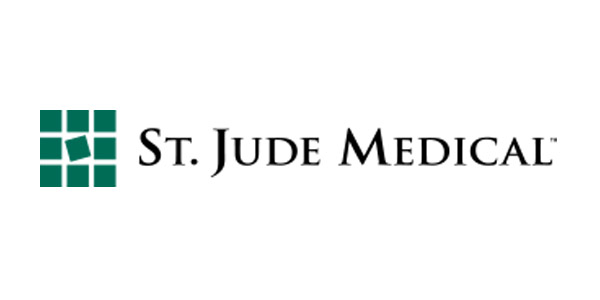

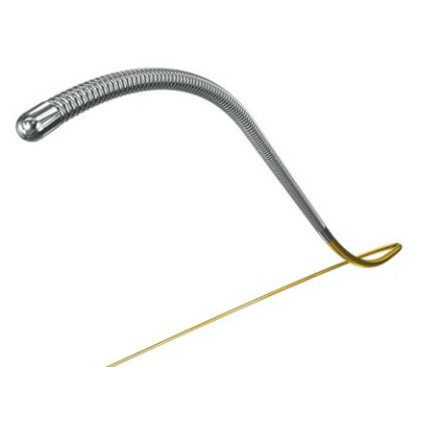
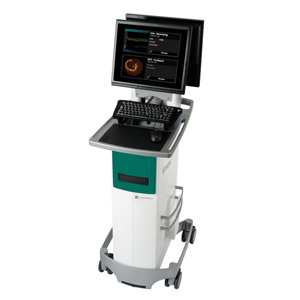
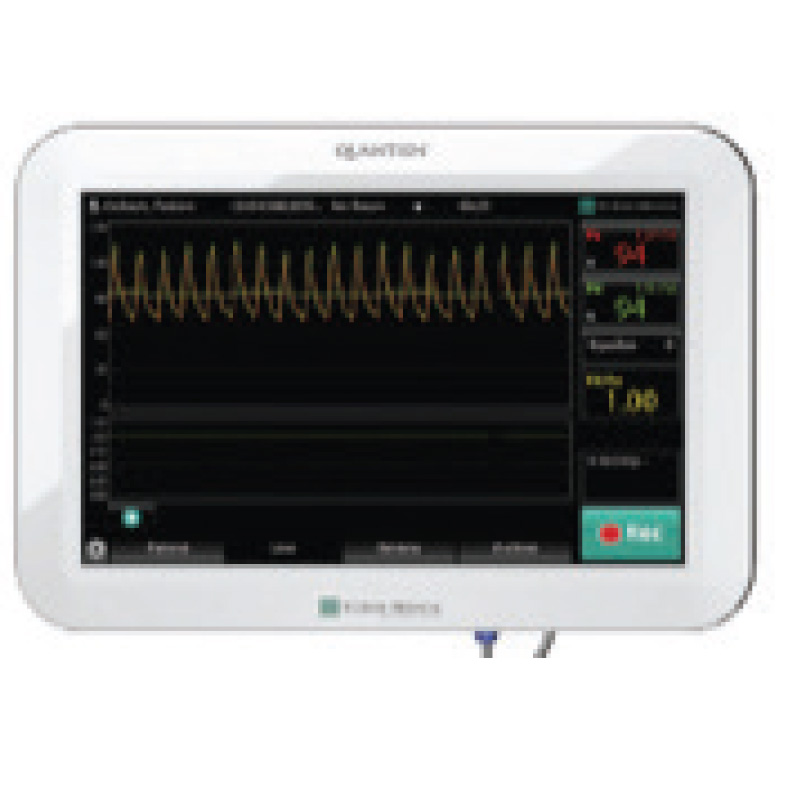
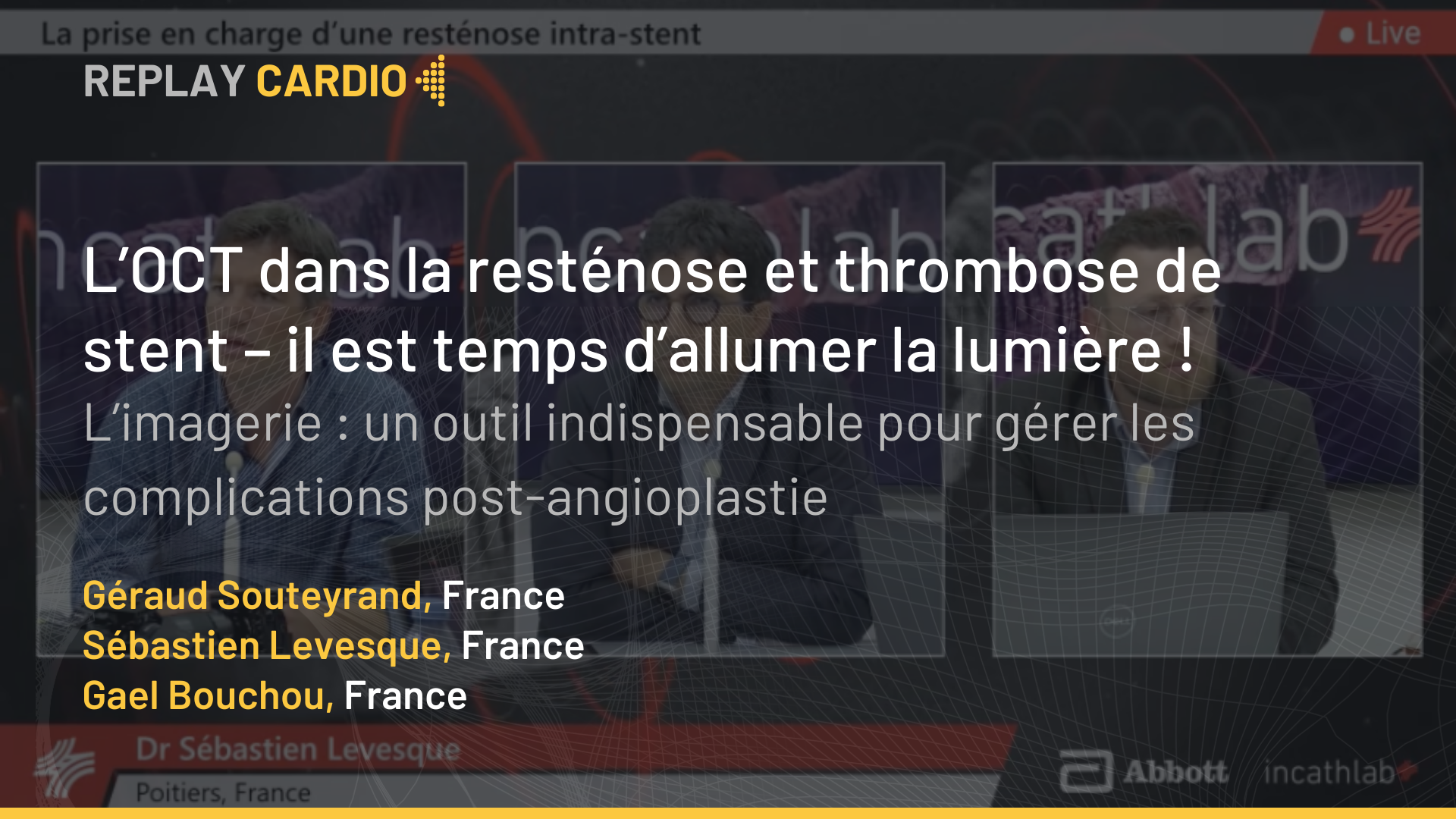

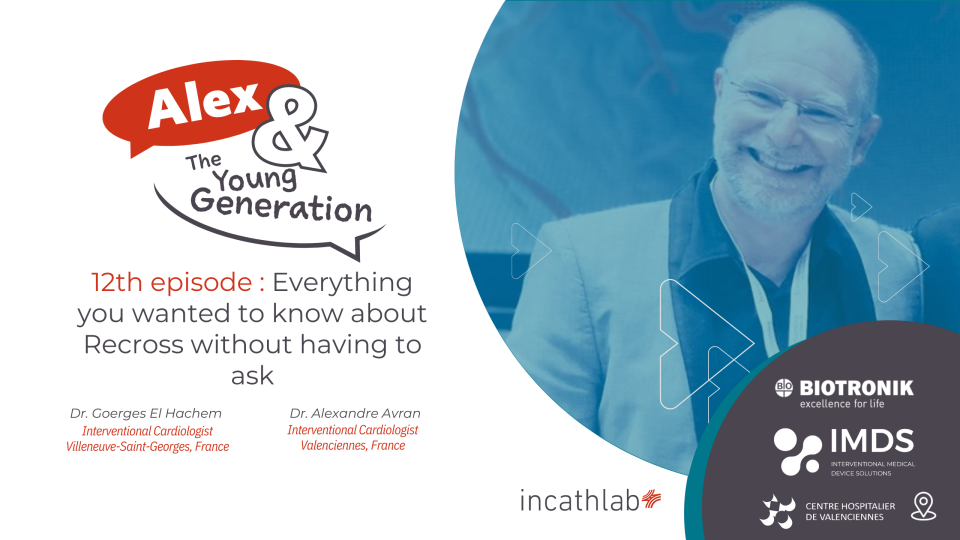
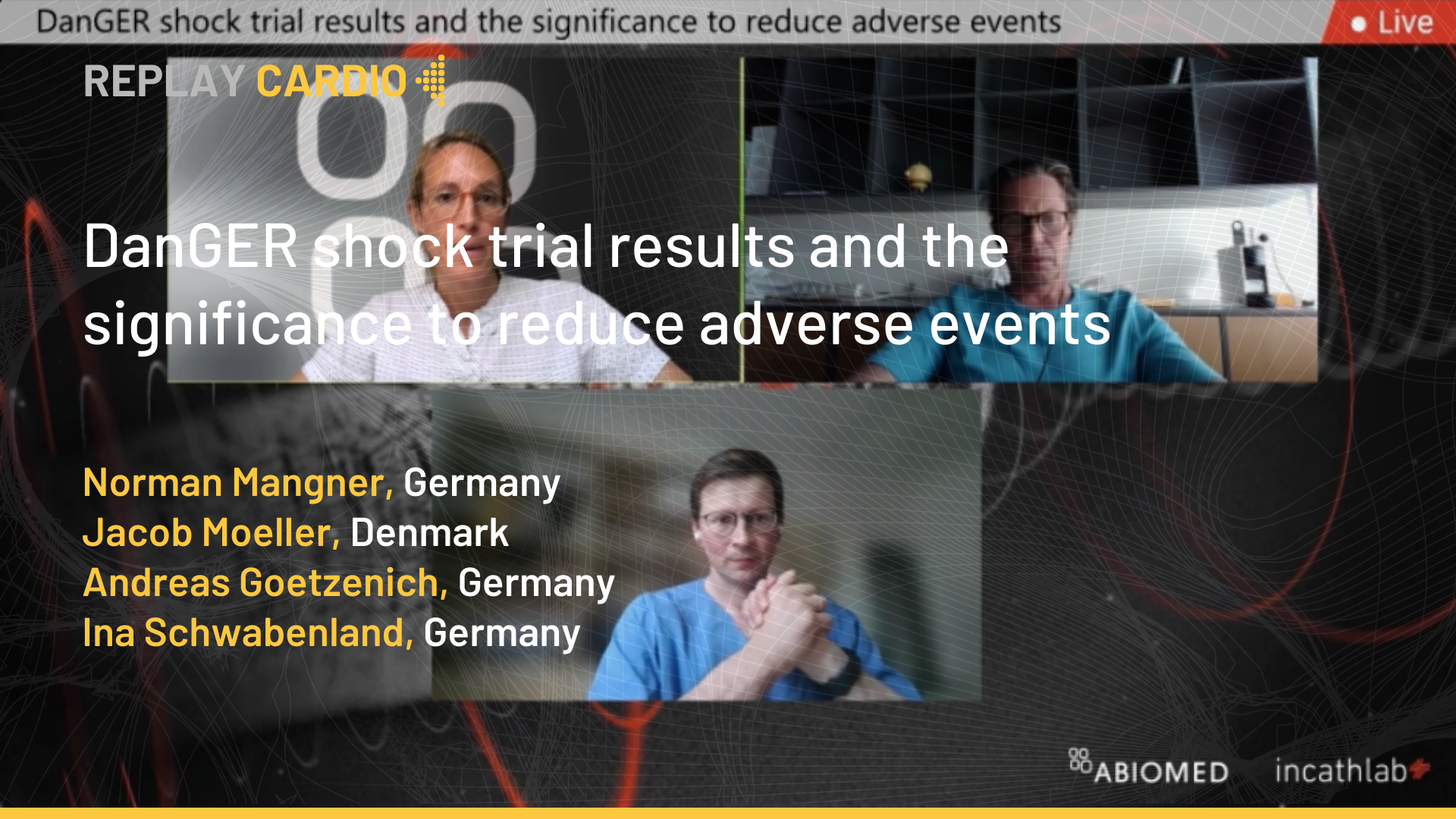
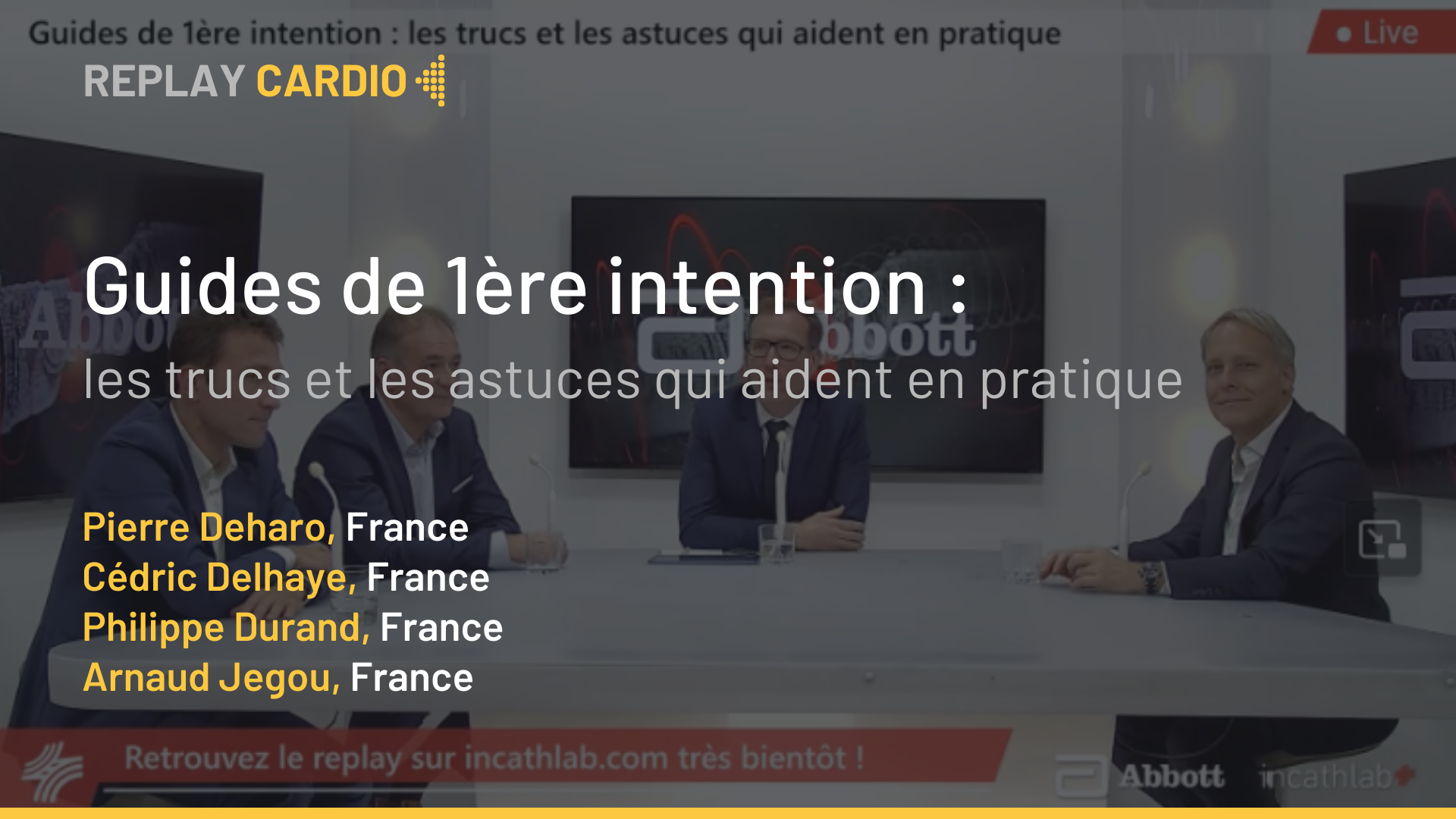

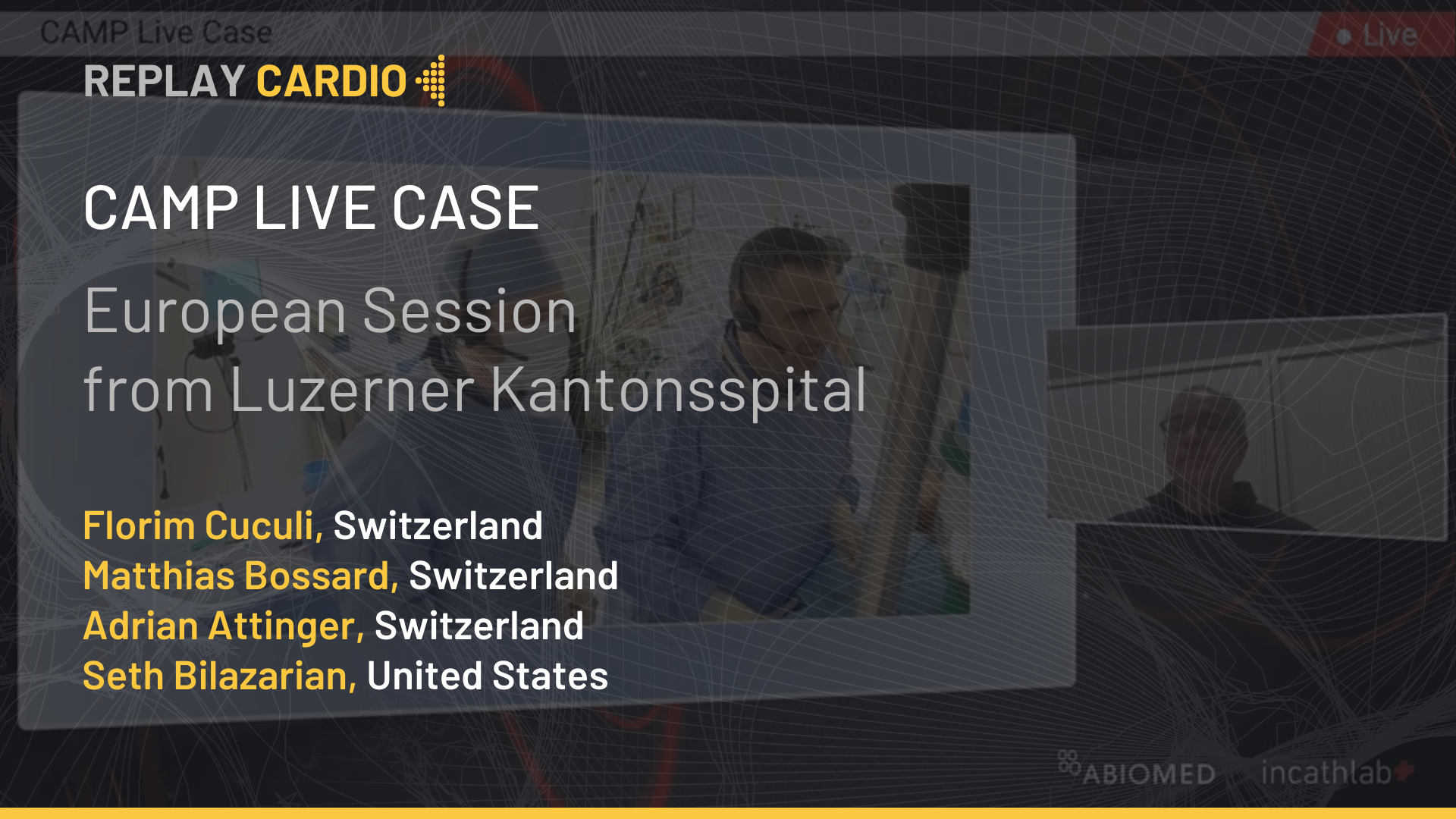
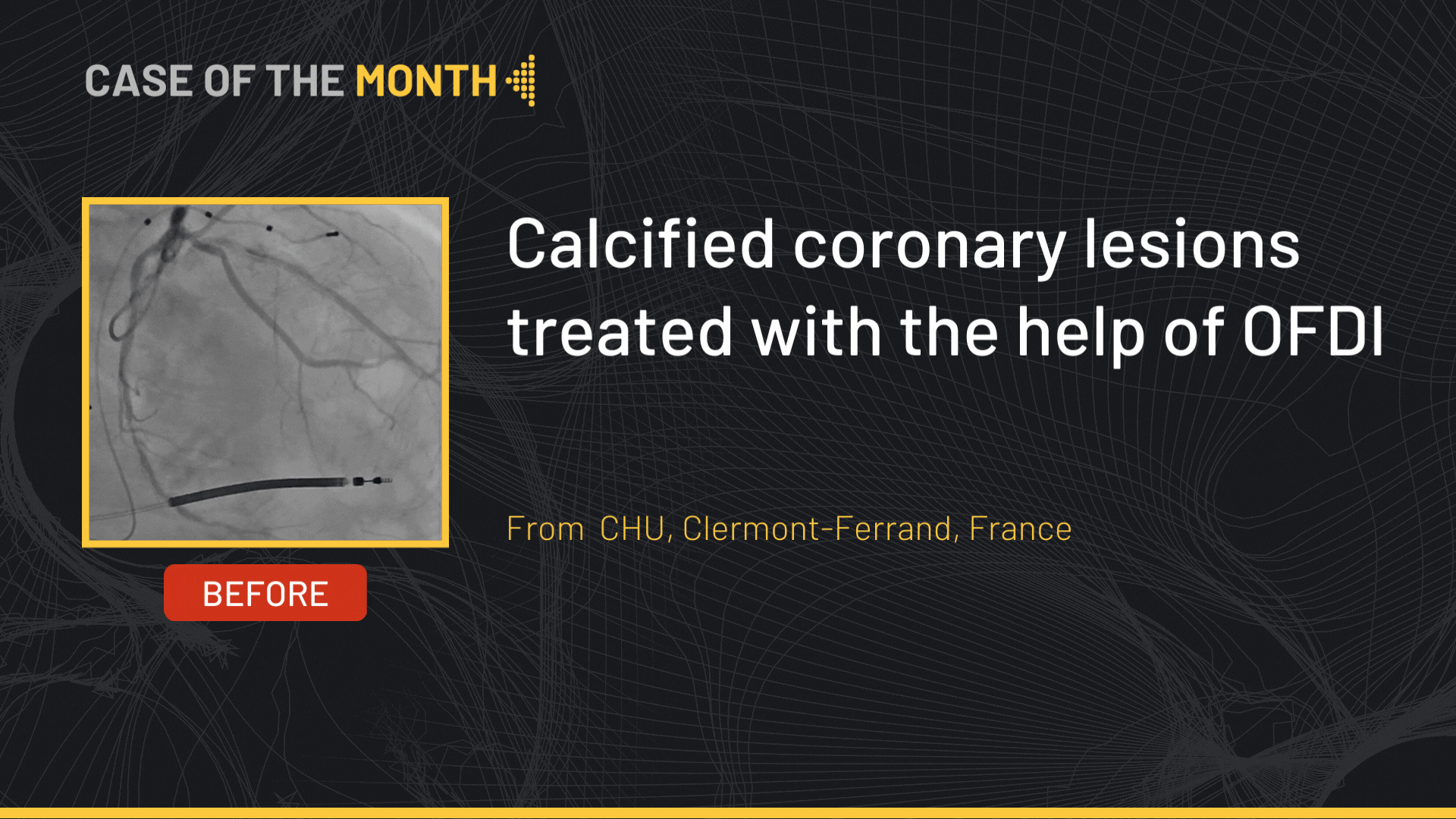
Ljubomir D. This procedure was done using Ilumien, not Quantien system. Also, St. Jude Medical does not exist as the company name for several years already!